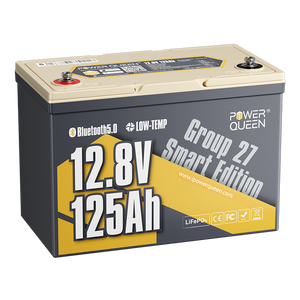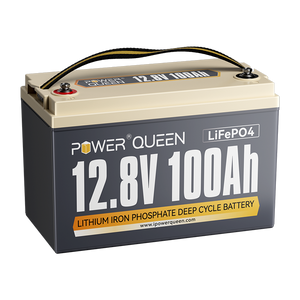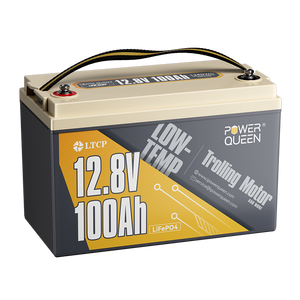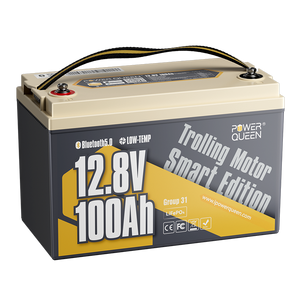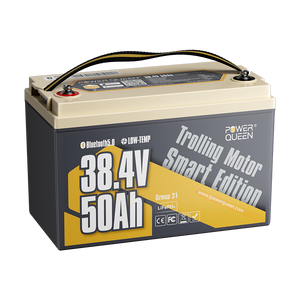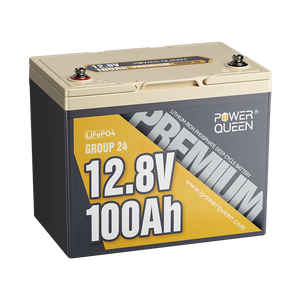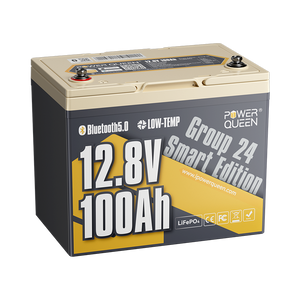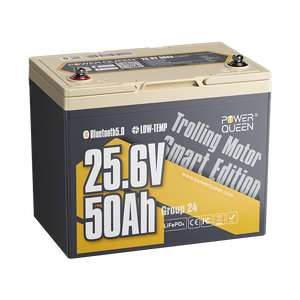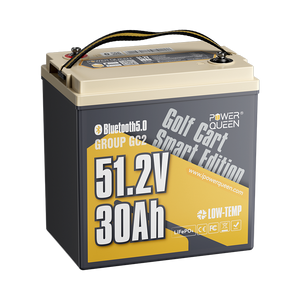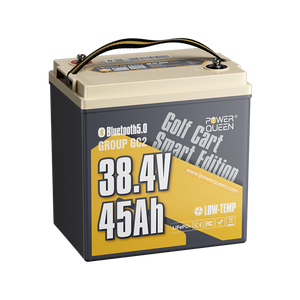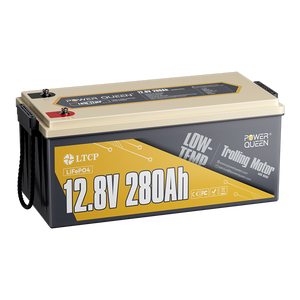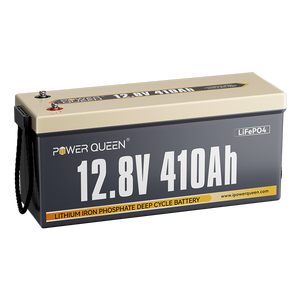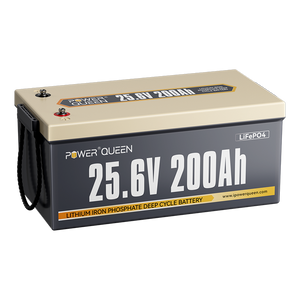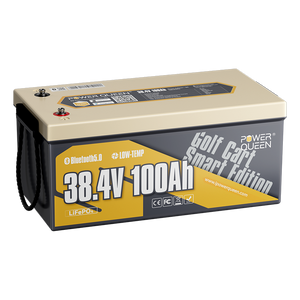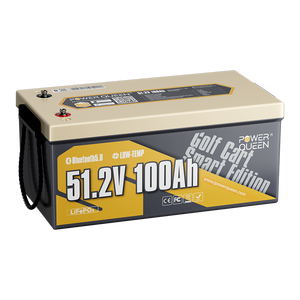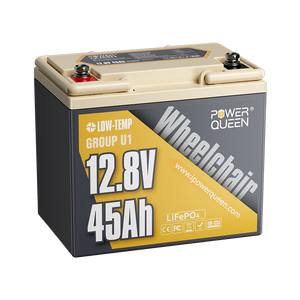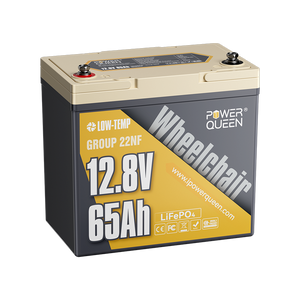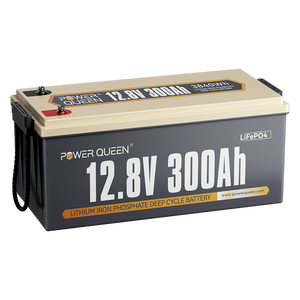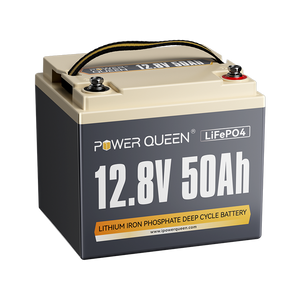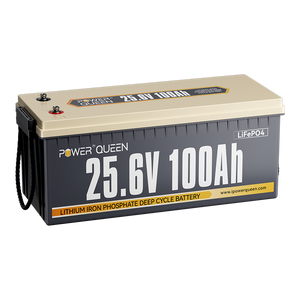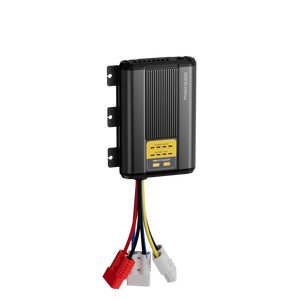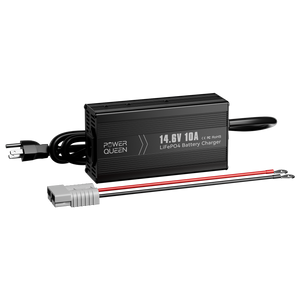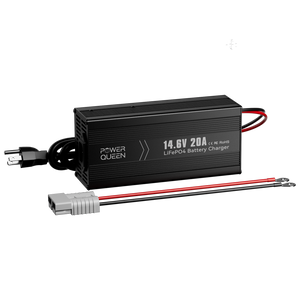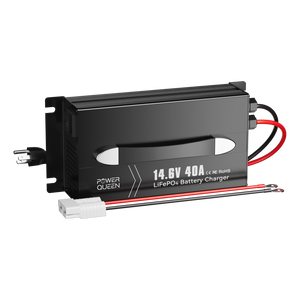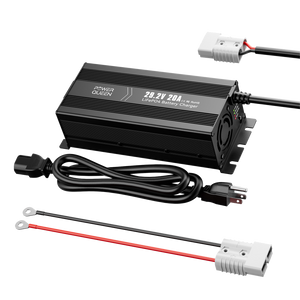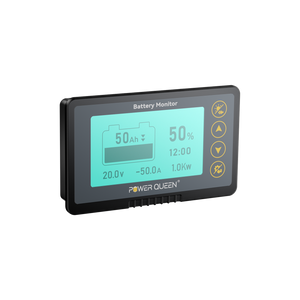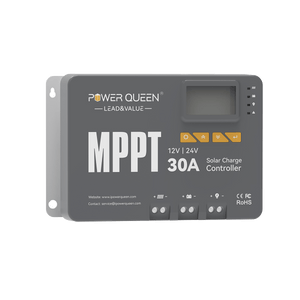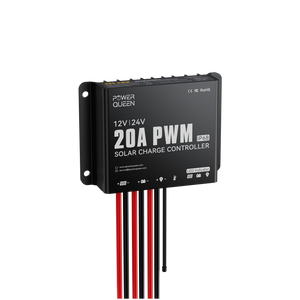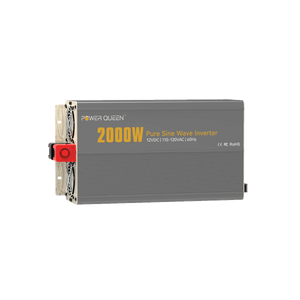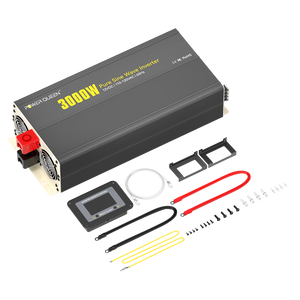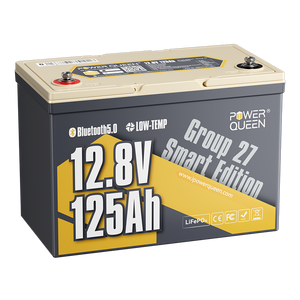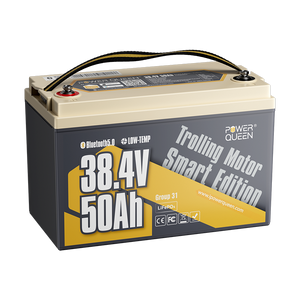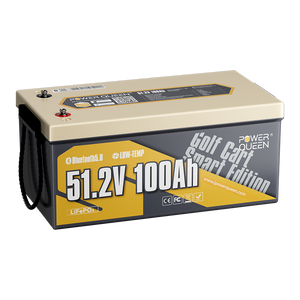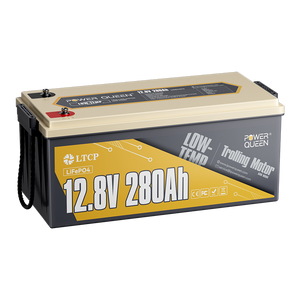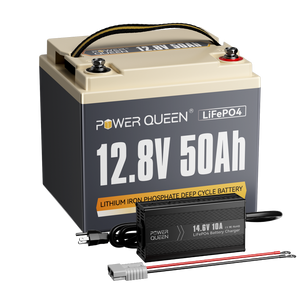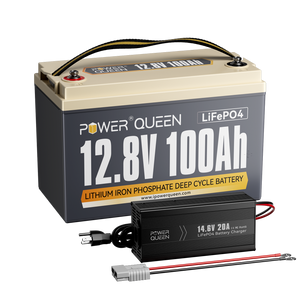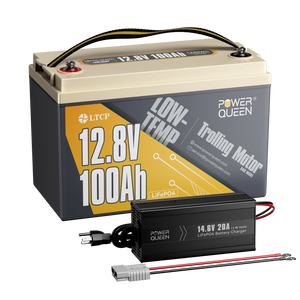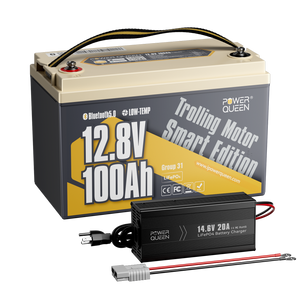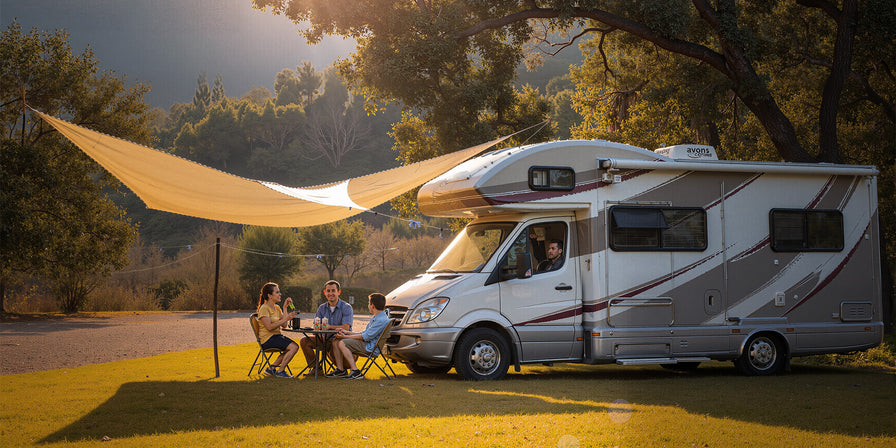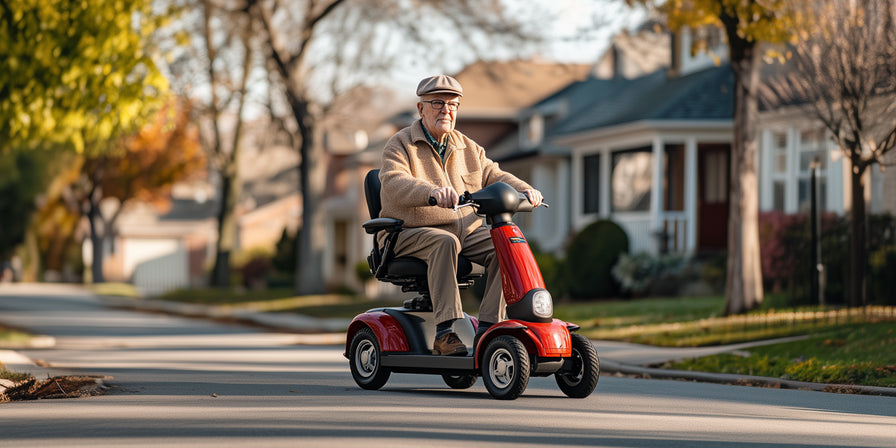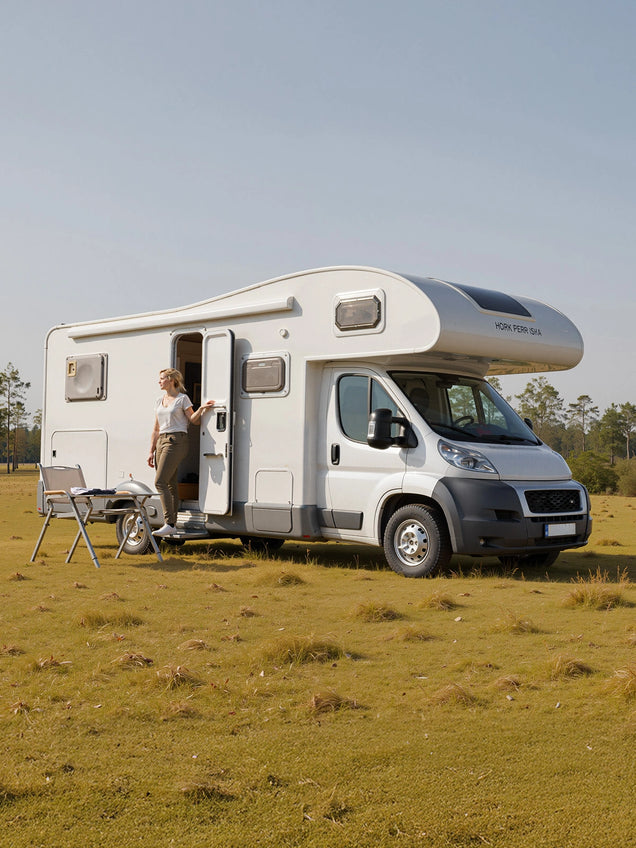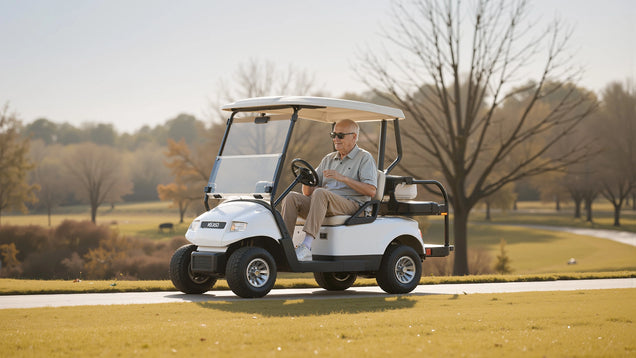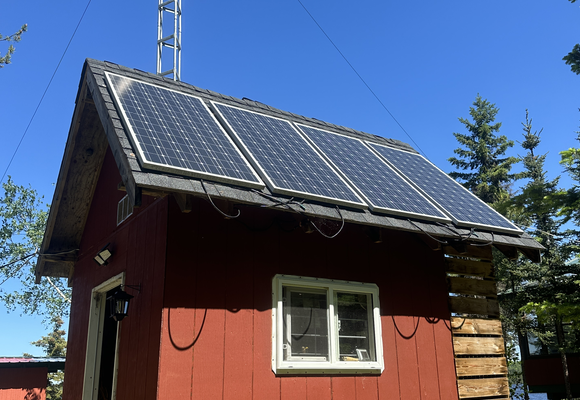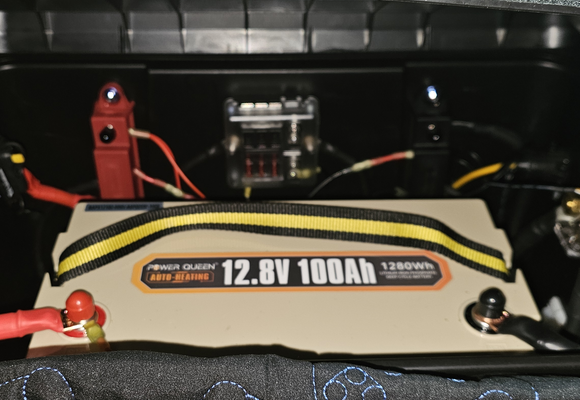Complete Guide: How to Convert a Golf Cart to Lithium Battery
Golf offers numerous benefits, from promoting fitness to creating opportunities for new friendships. However, to fully enjoy the game, it's essential to have the right gear—golf clubs, balls, bags, apparel, and, of course, a reliable golf cart.
Most golf carts are powered by lead-acid batteries, but did you know there's a way to boost their performance? By switching to lithium batteries, you can enjoy a greater range, longer battery life, and lower maintenance.
In this guide, we’ll walk you through the process of converting a golf cart from lead-acid to lithium batteries, covering potential challenges and important safety guidelines along the way.
Table of Content
- Part 1. Should You Upgrade to Lithium Golf Cart Batteries?
- Part 2. How to Choose the Right Lithium Battery for Your Golf Cart
- 2.1 Voltage
- 2.2 Capacity
- 2.3 Dimensions
- 2.4 Battery Management System (BMS)
- 2.5 Battery Type
- 2.6 Weight
- 2.7 Compatibility
- 2.8 Warranty
- Part 3. Preparing for the Conversion
- Part 4. Step-by-Step Guide: Golf Cart Lithium Battery Conversion
- Step 1: Removing the old lead-acid batteries
- Step 2: Installing the lithium battery pack
- Step 3: Connecting battery cables and wiring
- Step 4: Charger compatibility and installation
- Part 5. Cost Considerations for Lithium Golf Cart Battery Conversion
- Part 6. Power up with Power Queen Golf Cart Lithium Batteries
Part 1. Should You Upgrade to Lithium Golf Cart Batteries?
According to the United Nations Environment Programme, lead-acid batteries remain the most commonly used in the automotive and industrial sectors. However, a new type of battery is gaining attention: lithium batteries.
Lithium golf cart batteries are a game-changing option due to the following advantages:
1.1 Weight reduction
A lithium golf cart battery is significantly lighter than its lead-acid counterpart. With less weight, your golf cart's performance and handling improve noticeably.
For instance, a lighter cart allows for quicker acceleration and easier maneuverability, especially on hilly terrain or around tight corners. The reduced weight also lessens the strain on the motor and other components, potentially extending their lifespan.
Moreover, a lighter cart increases energy efficiency, meaning the battery works less to power the vehicle, resulting in longer run times between charges.
The Power Queen 36V 45Ah Golf Cart Smart GC2 Lithium Battery, weighing only 31.94 lbs, is 53% lighter than traditional lead-acid batteries.
Grab yours now and enjoy 10% off! Use code: Deals10.
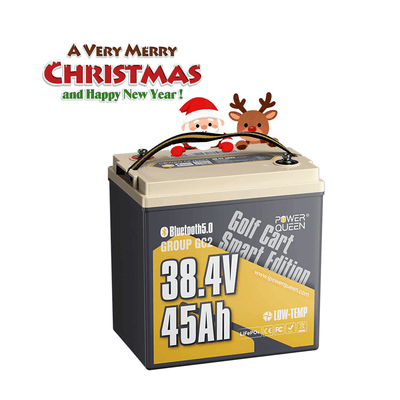

1.2 Quick charging
Just as everyone seeks smartphones with fast-charging capabilities, the same is true for golf cart batteries. Lithium batteries charge more quickly, reducing downtime and allowing golfers to enjoy longer, uninterrupted play.
1.3 Longer cycle life
Additionally, lithium batteries can be charged and discharged numerous times before needing replacement, helping you avoid the high costs of frequent battery changes.
While lead-acid batteries typically last 3-5 years, lithium batteries offer over 4,000 charge cycles, giving them a lifespan of 10+ years.
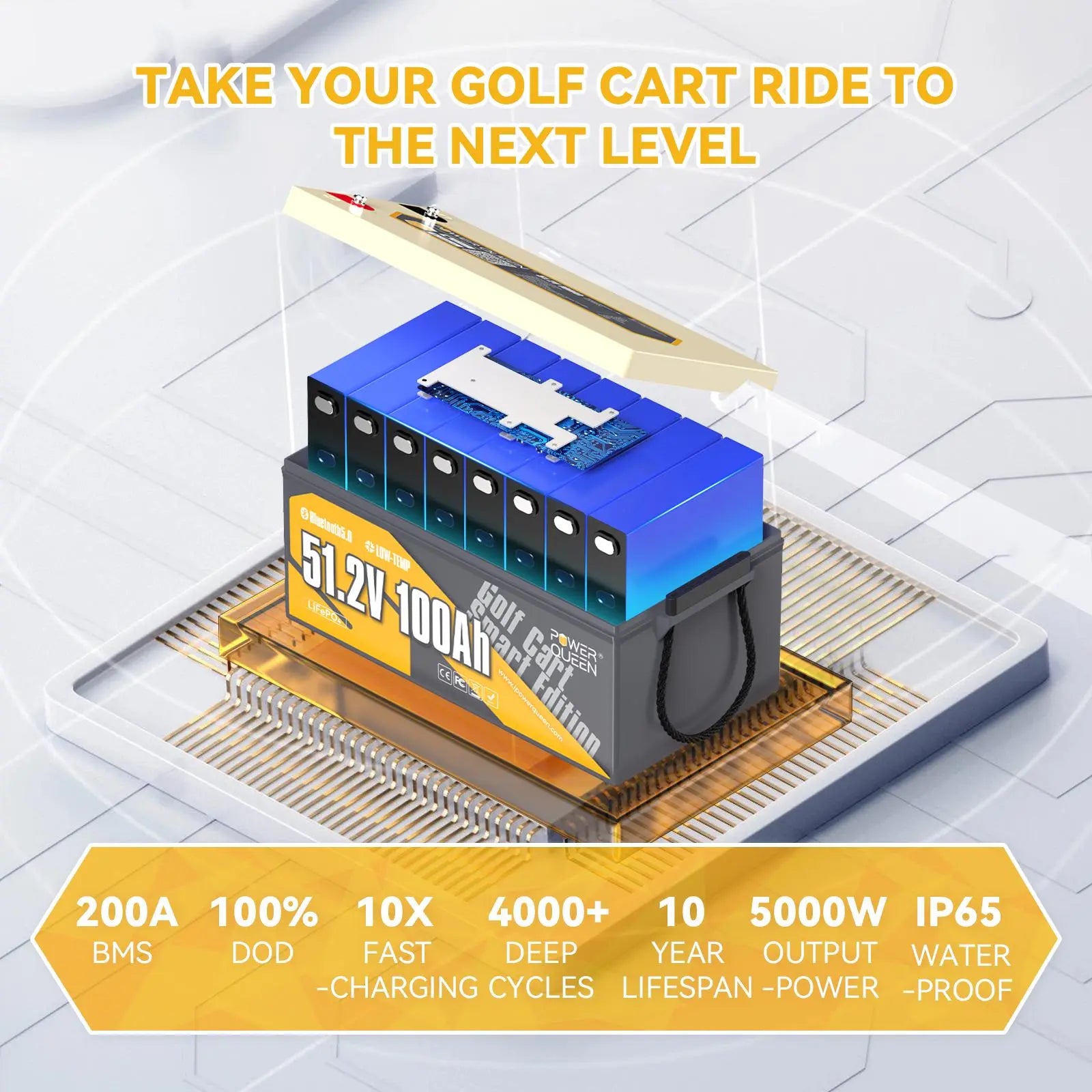
1.4 More upbeat energy density
Lithium batteries deliver more power while being environmentally friendly, offering an extended range and exceptional efficiency.
If you're an avid golfer who values performance, longer range, and minimal maintenance, now is the ideal time to make the upgrade.
Part 2. How to Choose the Right Lithium Battery for Your Golf Cart

Now that you're aware of the advantages lithium golf cart batteries have over lead-acid ones, you might be asking yourself:
How do you choose the right lithium battery for your golf carts?
We understand that switching batteries can be a tough decision. To help, here are some key factors to consider before making the change:
2.1 Voltage
The first crucial factor to consider is the voltage. This is a fundamental priority, regardless of the battery type you’re selecting, not just lithium.
When choosing a lithium battery, ensure it matches the voltage your golf cart requires, which is usually either 36V or 48V.
The last thing you want is to damage your golf cart. For example, installing a 36V lithium battery in a cart designed for 48V will lead to poor performance.
2.2 Capacity
The capacity of a lithium golf cart battery refers to the amount of energy it can store, typically measured in kilowatt-hours.
Choose a battery with a capacity that meets your energy needs. Selecting one with the wrong capacity can result in shorter runtime for your cart.
2.3 Dimensions
In addition to power considerations, selecting the right battery size is essential, especially if space is limited. Make sure your lithium golf cart battery fits properly to avoid costly and time-consuming modifications due to a poor fit.
2.4 Battery Management System (BMS)
The Battery Management System (BMS) is considered the brain of your golf cart's battery system. It’s the technology that manages the battery pack and its individual cells.
Without a BMS to monitor and regulate the temperature, your golf cart could overheat when driving in intense sunlight.
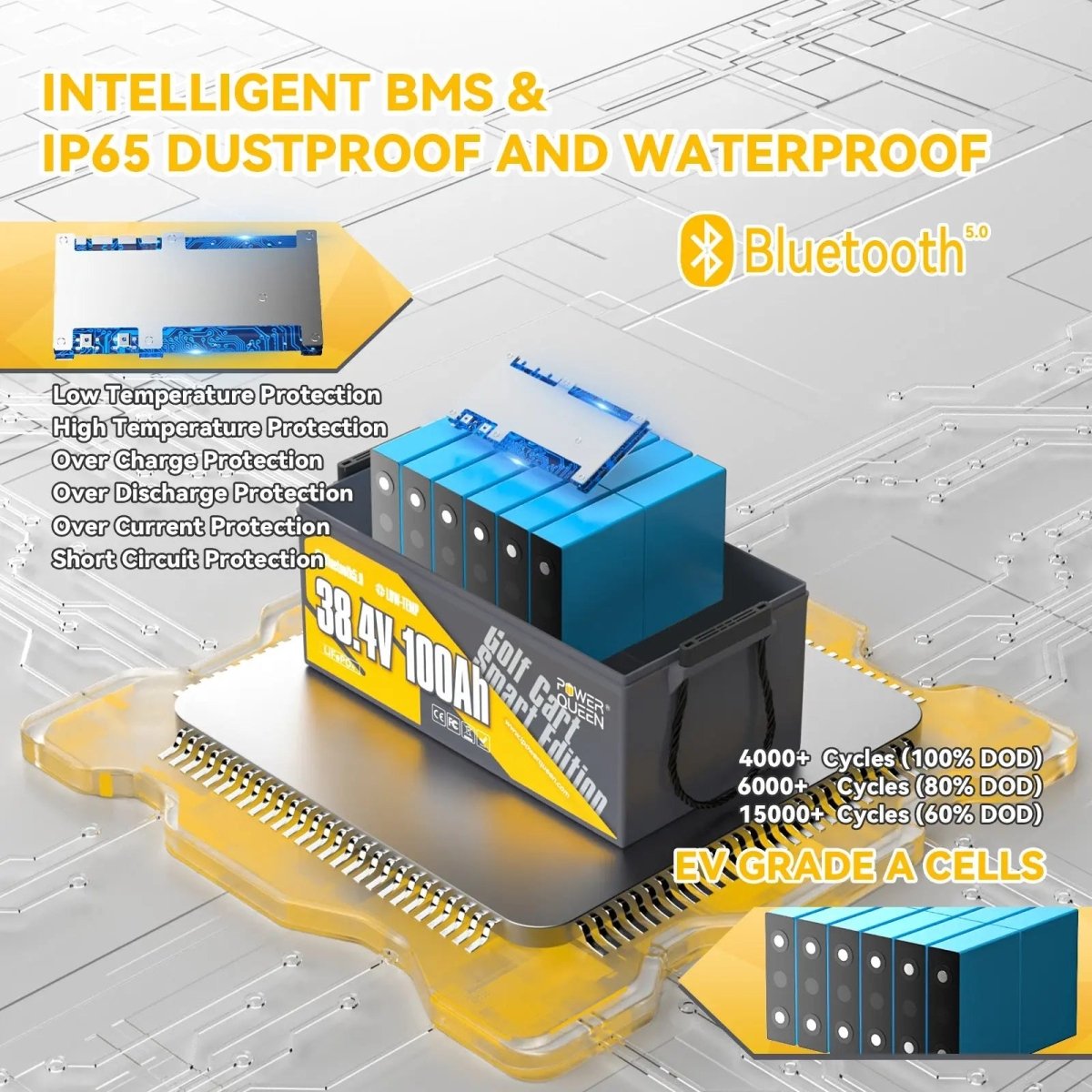
2.5 Battery Type
The type of battery you choose is another crucial factor. Two of the most recommended lithium battery types today are LiFePO4 (LFP) and NMC. Here’s a closer look:
- LiFePO4 (LFP) – These batteries use lithium iron phosphate as the cathode and a graphitic carbon electrode with a metallic backing as the anode. Power Queen LiFePO4 batteries are an excellent choice, offering a reliable and safe energy storage solution.
- NMC – These batteries feature a cathode made from a combination of nickel, manganese, and cobalt. They’re ideal for golf cart users seeking a balance of longevity, performance, and safety.
2.6 Weight
Just like dimensions, weight is another important factor to consider. Choosing a lithium golf cart battery that’s too heavy can put unnecessary strain on the cart’s suspension and drivetrain.
2.7 Compatibility
It's essential to ensure your lithium battery is compatible with your cart's existing power system. Using an incompatible battery can negatively affect your cart's performance.
2.8 Warranty
A warranty provides peace of mind, ensuring that the store where you purchased your battery will address any issues that arise. At Power Queen, we offer Warranty Policy ranging from two to five years, depending on the product you select.
Part 3. Preparing for the Conversion
Before converting a golf cart to lithium batteries, you need to gather the following tools and equipment:
- Your lithium battery
- Charger
- Battery mounting brackets or trays
- Battery cables and connectors
- Fuse and circuit breaker
- Insulation and heat shrink tubing
- Basic hand tools (wrenches, screwdrivers, pliers, wire cutters, and strippers)
- Multimeter
- Battery terminal puller
- Drill and bits
- Crimping tool
For safety, remember to wear protective gear and disconnect the battery before beginning the conversion process.
Part 4. Step-by-Step Guide: Golf Cart Lithium Battery Conversion
Ready to switch? Here are simple steps to convert your golf cart’s lead-acid battery to a lithium one.
Step 1: Removing the old lead-acid batteries
First, disconnect all support and retaining brackets. Use a wrench to detach the cables. Once this is done, you can remove the old lead-acid batteries. A battery puller might be necessary due to the weight of the lead-acid batteries.
You should also clean the battery tray if needed and check the cables for signs of corrosion. Ensuring these steps are done correctly will help you avoid problems like short circuits, acid spills, and other damage.
Step 2: Installing the lithium battery pack
Next, install your new battery. Place it on the tray, making sure the weight is evenly distributed and the cables are accessible. Lithium batteries are typically about 50% lighter than lead-acid batteries, so you shouldn’t have trouble with the weight. Once positioned, secure the new batteries using screws and brackets.
Step 3: Connecting battery cables and wiring
Next, connect the new lithium battery to your cart’s existing electrical system. Ensure that both the positive and negative terminals are correctly connected to avoid short circuits.
Finally, double-check that all connections adhere to the manufacturer's specifications to ensure safety during the switch.
Step 4: Charger compatibility and installation
Safe operation also depends on the compatibility and installation of the battery charger.
Ensure that the voltage of your new battery matches the specifications of the charger. Using an incompatible charger can cause overcharging, overheating, and potential battery failure, leading to damage and a reduced lifespan.
Part 5. Cost Considerations for Lithium Golf Cart Battery Conversion
The cost of converting your golf cart to lithium batteries can vary based on factors such as battery size, capacity, and brand.
While lithium batteries typically have a higher upfront cost compared to lead-acid batteries, the long-term savings on replacement costs and the boost in efficiency can make up for the initial investment.
Part 6. Power up with Power Queen Golf Cart Lithium Batteries
Switching to lithium batteries for your golf cart offers numerous benefits, including reduced weight and improved performance. If golf is your passion, you’ll want the best.
However, to fully enjoy these advantages, it’s crucial to get the conversion right. This guide is a valuable resource, but we recommend consulting with professionals to ensure a flawless process.
If you’re ready to elevate your golf cart experience, choose lithium batteries from Power Queen. We are a top provider of high-quality, sustainable battery solutions that deliver exceptional performance and reduce environmental impact.
Explore our affordable golf cart battery options and power up with Power Queen’s lithium batteries!
